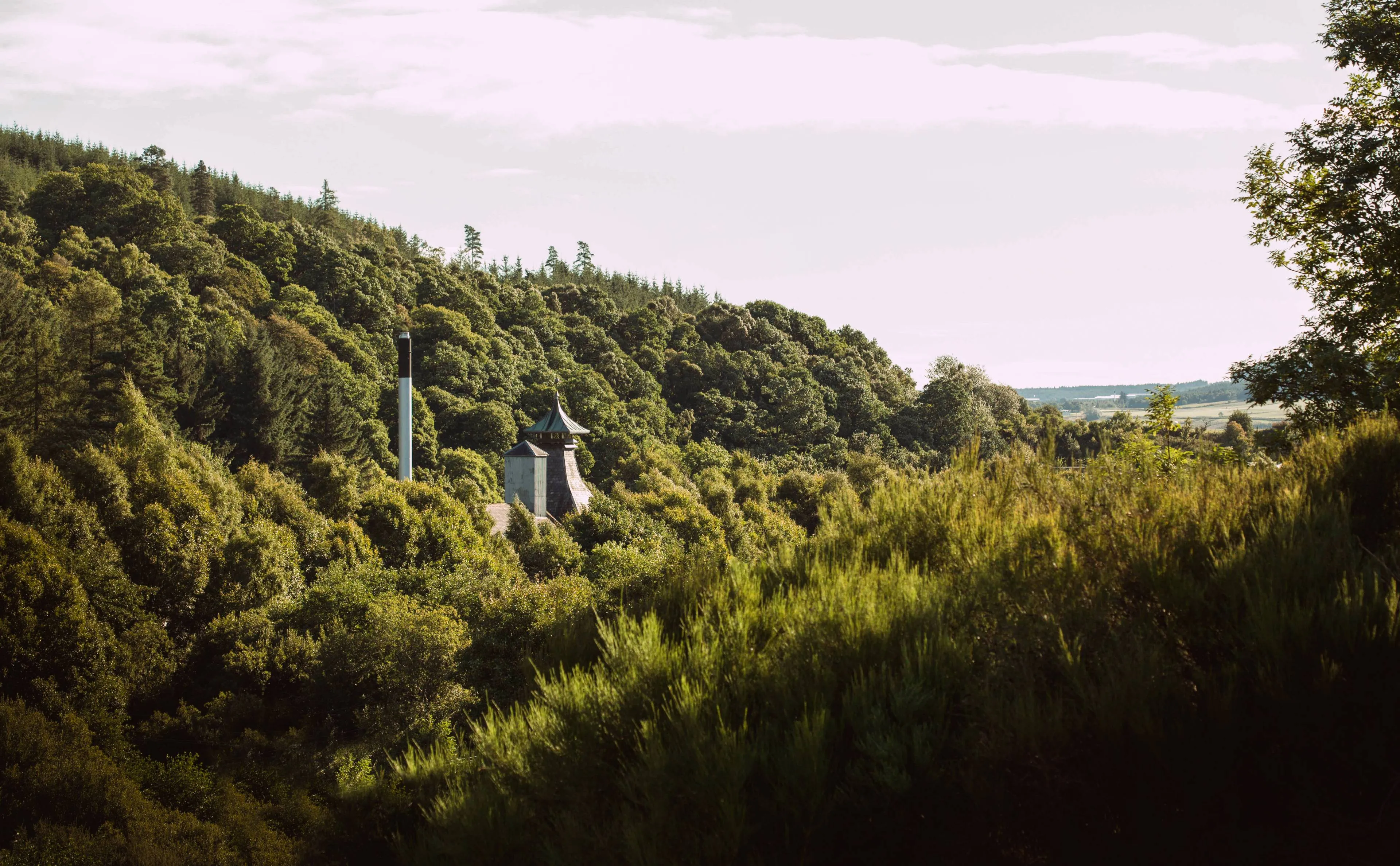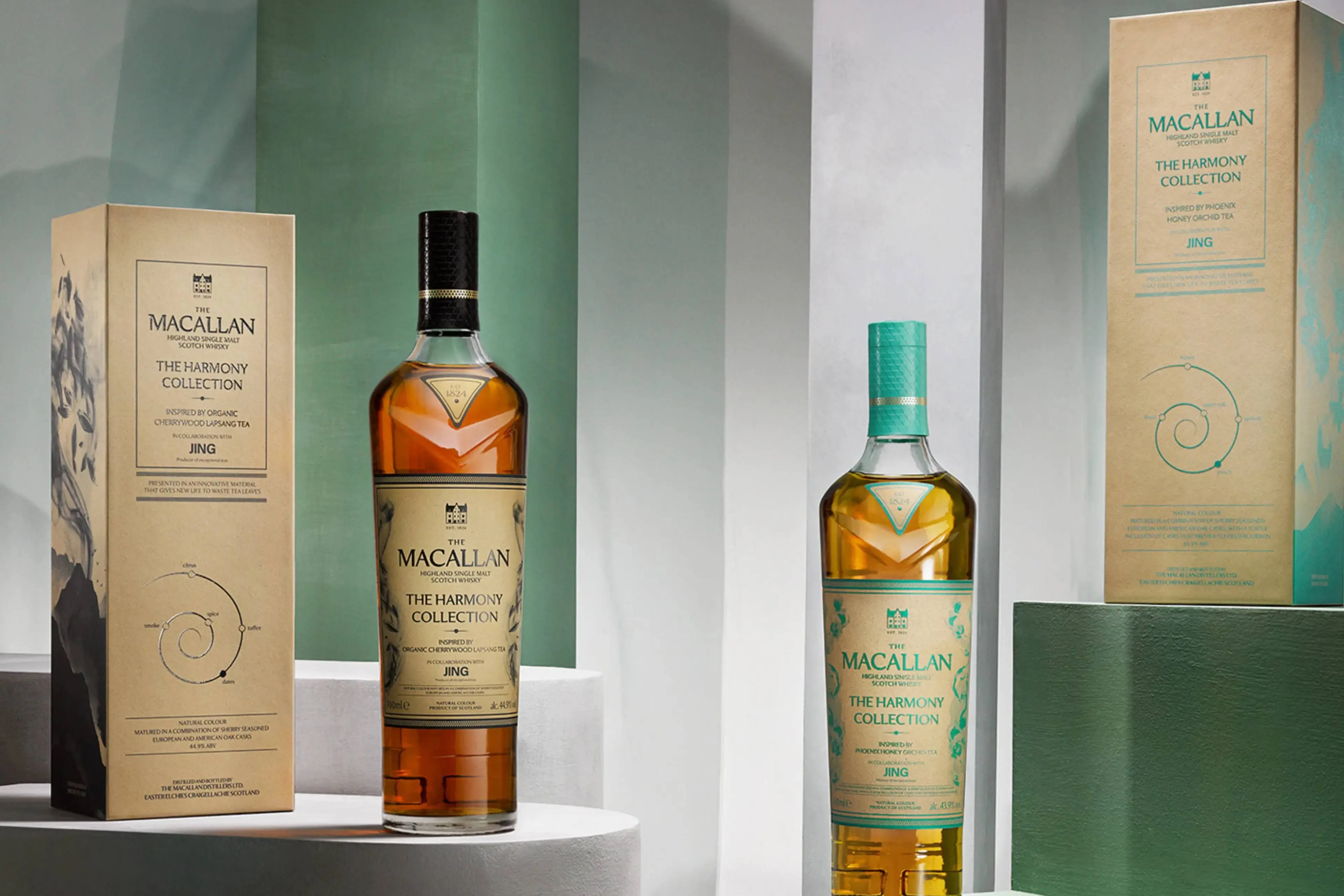Distillery Thursday: The Rise of the Amrut Whisky Phenomenon Through a Blind Tasting
SectionsThursday, 07 August 2025 at 15:01

It's time for another journey through whisky history. This time we travel to India, where Amrut Distilleries has been making whisky for over 70 years. Did you know that this adventure began with just a few hundred thousand rupees?
Whisky is often referred to as the water of life or the drink of the gods. In the case of Amrut, you can take this quite literally, as the free translation of the whisky's name from Sanskrit is 'Elixir of Life' or 'Nectar of the Gods'.
FAQ
- When was Amrut Distilleries founded?
Amrut was founded in 1948, although it didn't have the same name then. - Why does the Indian whisky mature faster?
Because of the tropical climate. - How did Amrut gain popularity so quickly?
Jim Murray rated the Amrut Fusion whisky as the 3rd best whisky in the world.
How Just a Few Hundred Thousand Rupees Started an Adventure
To trace the origin of this Indian nectar, we need to travel back in time to 1948. Whisky connoisseurs will undoubtedly recognize this year. This was indeed the year when India gained independence. This historic event and the ensuing mass migration have found their way into the history books.
What those books won't tell is that soon after this tumultuous year, the largest distillery in India was founded. JN Radhakrishna Rao Jagdale, the founder of Amrut, started his career with just a few hundred thousand rupees in his pocket. A remarkable feat, considering 100,000 rupees amounts to around 1000 euros today.
With this seed money, he set up Amrut Laboratories. The company focused on mixing and bottling various alcoholic beverages such as Silver Cup Brandy, rum, and other spirits.
At this point, there is no talk of international aspirations, or even of making whisky: at least, not whisky as we know it in the West.
Whisky that cannot be called Whisky
Amrut Laboratories, as Amrut Distillery was known back then, enjoyed strong local recognition in the 1960s. During this period, Jagdale decided to venture into making Molasses whisky.
This is a spirit distilled from molasses, a byproduct of sugarcane (often used in making rum). In India, molasses whisky can be sold as 'whisky', but not in the West. Therefore, these spirits were primarily sold locally.
The whisky maker operated under the name Amrut Laboratories until 1972, eventually changing to Amrut Distilleries.
A daring experiment
Despite the warmer climate in India, unfavorable for whisky maturation, Jagdale decided in 1982 to experiment with barley as the base for whisky. The chances of success appear slim.
Whisky matures more rapidly at higher temperatures. Despite the distillery's high altitude location in Bangalore, where temperatures are slightly cooler, whisky still matures faster here. They tested various types of malted barley in an extensive study that ultimately consumed nearly 20 years.
In 2002, the whisky study concluded, and the 'moment of truth' for the distillery proved to be a success. Amrut had found a way to distill spirit and mature whisky in India, under the warmer conditions. They discovered that with a few adjustments, they could create Indian whisky from barley.
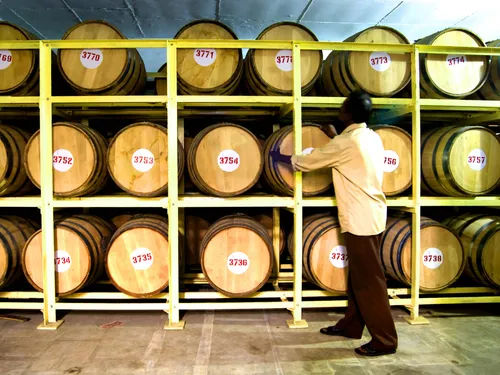
The Amrut whisky casks are numbered and regularly inspected
The First Amrut Single Malt Whisky
Amrut's single malt whisky is made from a spirit derived from local barley, grown at the foot of the Himalayas. The barley is processed into spirit at the distillery, which then matures in a variety of barrels.
Amrut utilizes a small bit of Scottish aid for some expressions. For instance, Scottish peated barley is used for Amrut Peated Whisky.
Only one thing stands in the way of unveiling this whisky on the world stage: India's poor reputation as a whisky-making country. Several predecessors had tarnished India's image in the whisky world.
Thankfully, Rakshit Jagdale, the current owner of Amrut, devised a clever strategy to counter this.
Read also
What Kind of Whisky is This?
The debut of the whisky took place in Glasgow and was executed rather unconventionally. Through a blind tasting at The Pot Still, the public was asked to identify the whisky being served.
Connoisseurs who tasted the whisky estimated it to be roughly 15 years old and presumed Scottish origin. When it was revealed that this was, in fact, Amrut's first whisky from India, the audience was pleasantly surprised.
The distillery subsequently introduced the beverage to Scotland and the UK through several more blind tastings. In doing so, Jagdale elevated the reputation of Indian whisky to a whole new level.
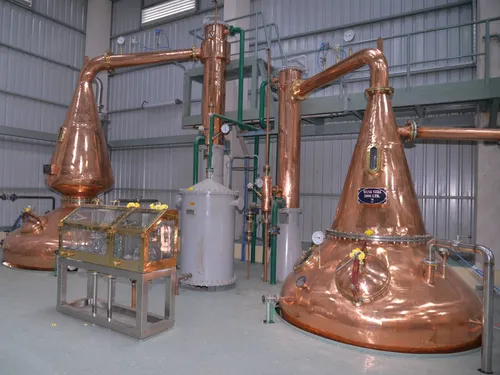
The Amrut Stills in the distillery shine bright
From a Local Player to a Globally Recognized Brand
Amrut's whisky is highly regarded. Recognition soon arrives from whisky experts such as Jim Murray who provides positive reviews.
Eventually, Amrut Fusion Single Malt whisky is named the third-best whisky in the world. This gives the Indian distillery a significant boost in international recognition.
Today, Amrut is a staple in the global scene. The distillery's divine nectar is renowned for its unique character, full-bodied profile, and notes of tropical fruit with some spiciness.
Read also
Sponsored by De Monnik Dranken.
loading
POPULAR NEWS
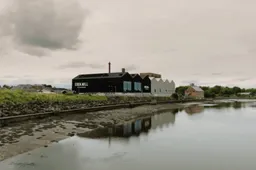
This Brand-New Whisky Distillery Was In Serious Trouble and No One Noticed
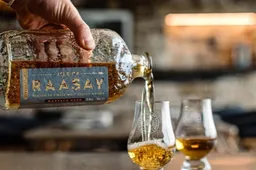
These are the Best Whiskies of 2026, According to the World Whiskies Awards
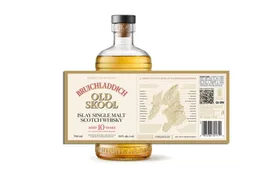
Bruichladdich Gives a Nod to Islay’s Farmers with a Special Old Skool Whisky

The 10 Best Whiskies for Beginners to Buy

The 5 Best Indian Whiskies At a Glance
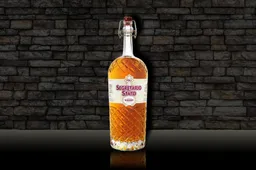
The 7 Best Whiskies from Northern Italy, All in One Place

Kanosuke Unveils a Strikingly Fresh Japanese Whisky

Black Art Whisky is Back, but With a Mysterious Twist

Wolfburn 12 Year Old Christmas Edition Review: 'A Christmas Whisky For Everyone'

Highland Park 12 Year Old: the Ideal Entry-Level Whisky for a Subtle Introduction to Peat (Review)
LATEST COMMENTS
- There is no distillery equipment there and also no licences to produce or sell alcohol.TRC19-12-2025
- Hi Yvonne, Thank you for your response and for sharing the video. Unfortunately, the evidence you referred to consists only of two people talking about the whisky, without any explanation or identification. We have not spoken to the individuals in the video ourselves, nor can we verify who they are. We describe it as a Chinese whisky because it is released by a Chinese distillery. As you mentioned, the distillery has chosen to label the product as “pure malt” instead of “Chinese whisky.” Based on that, we do not believe they are doing anything illegal.M0nkey16-11-2025
- So - you have the proof......where's your write up?Yvonne16-11-2025
- You are absolutely right. Luckily that doesn't matter for the taste of the whisky. Have you tried it yet?M0nkey05-11-2025
- Guess what? Finland is not part of Scandinavia.Gray105-11-2025
- Throw in the towel? You mean restructure to compete and win in a challenging industry environment.WestwardFounder21-10-2025
- There is nothing legally to prevent the English whisky GI from coming into force, it complies with all the relevant laws and the single malt definition follows the precedent of Welsh whisky and US whiskyChefBear15-10-2025
- Three emails sent (two with videos, linked to a Google Drive Share). 1. The original video. 2. The video with subtitles as it was shared on YouTube 3. Screen grab of the YouTube channel where the video was blocked due to Pernod Ricard lobbying. The story was covered on Drinks Intel at the time - link here - https://drinks-intel.com/subscriber-news/pernod-ricards-the-chuan-pure-malt-whisky-not-sourced-solely-from-china-global-drinks-intel-exclusive/Yvonne10-10-2025
- Hi Yvonne, Thank you for your interesting comment. Could you share your copy with us, so we can adjust our item accordingly? Mail us at [email protected]. Thank you in advance.M0nkey09-10-2025
- Let's keep this factually correct. Pernod Ricard DID NOT release a Chinese whisky. Their first output from The Chuan (the name of the distillery in Sichuan, China) wasn't fit for bottling. What they actually bottled was imported Scotch whisky. This is why the product is called "PURE MALT" and not "Chinese Whisky" - because Pure Malt is not a regulated term - this is not a secret. This was exposed about a week after they released it. There were even videos about their own staff on site admitting it was made from imported whisky - which Pernod Ricard got the lawyers onto to get the video pulled. I've got a copy if you want it.Yvonne09-10-2025
Loading
